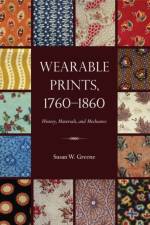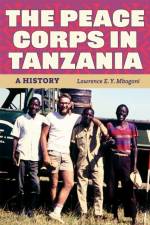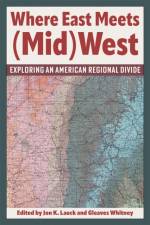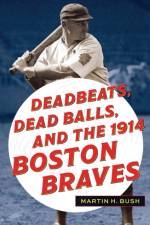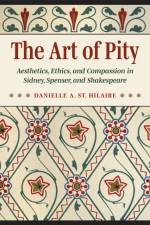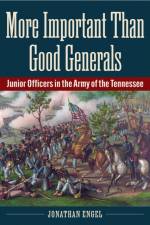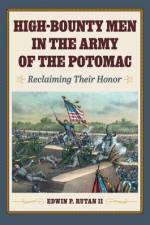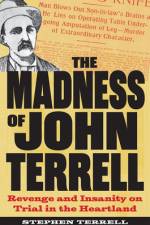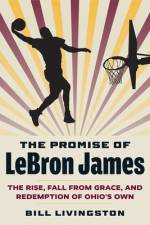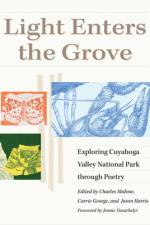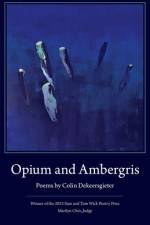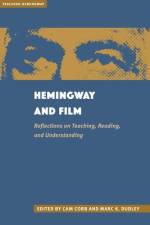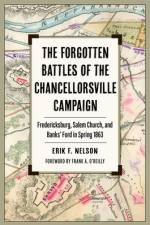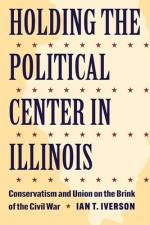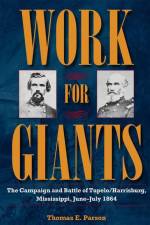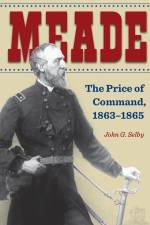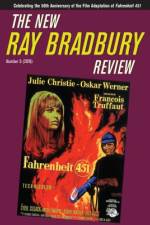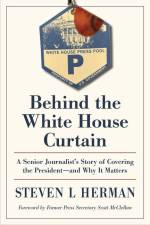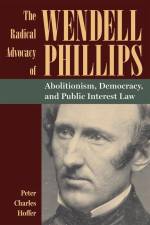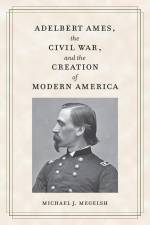- Reflections on Teaching, Reading, and Understanding
av Cam Cobb
451
New approaches to teaching Hemingway in the context of film Though Ernest Hemingway distrusted Hollywood and often found himself in conflict with directors and producers, he frequented theaters and freely acknowledged the art and potential that cinema contained. In turn, the film industry's interest in his stories has endured for nearly a century. Focusing on the relationship between written and cinematic work, Hemingway and Film brings together diverse literary and film studies scholars to both deepen understanding of Hemingway's fiction and film adaptations and to provide practical guidance for approaching these topics in the classroom. By examining Hemingway's writing and film, we can identify rich crossovers between literary criticism, film studies, and pedagogy. Chapters explore Hemingway's stories, themes, construction, and context while interrogating the art of adaptation itself, examining what makes for successful retellings or defines fidelity to the original work. Contributors include Alice Mikal Craven, Christina Parker-Flynn, Jean Jespersen Bartholomew, Donald A. Daiker, Sean C. Hadley, Kirk Curnutt, James Plath, Timothy Penner, Suzanne del Gizzo, Tatiana Konrad, Stephen Whittaker, Scott D. Yarbrough, and the late Peter L. Hays.

